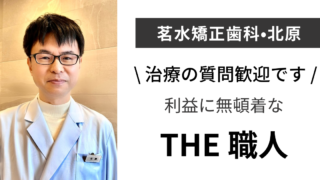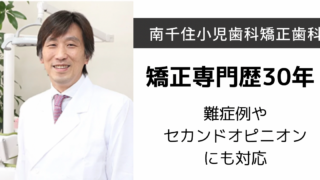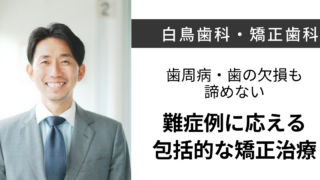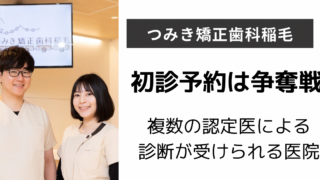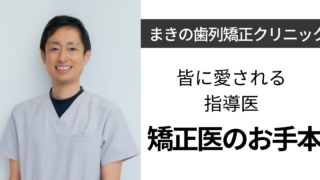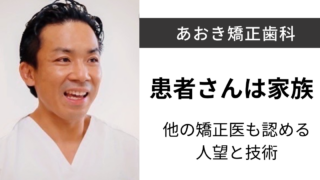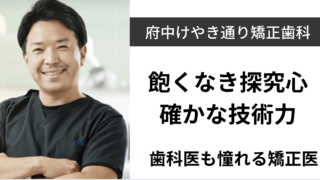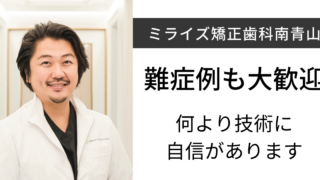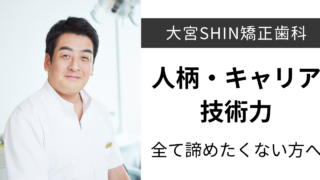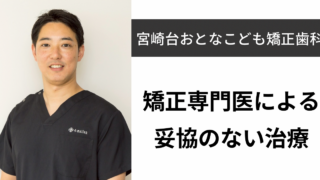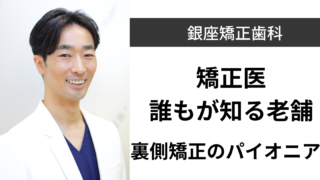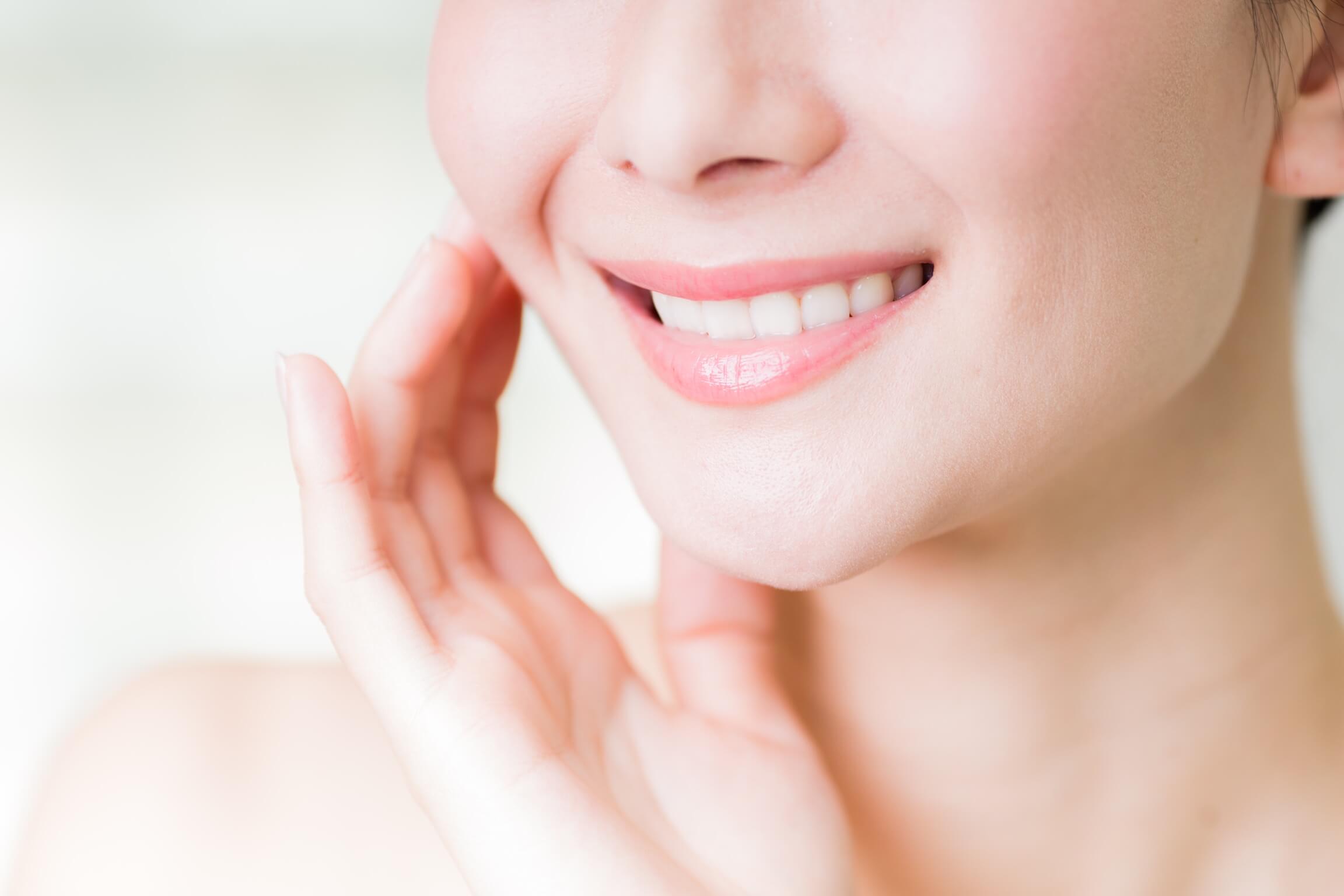
【歯科医師解説】セラミックの値段と寿命、保険適用のものも紹介

虫歯になってしまって、被せ物か詰め物をすることになりそうなんですが…
見た目を考えると白いセラミックにしたいのですが、いくらくらいかかりますか?

自費のセラミックなら平均して1本10万円くらい、保険適用になるセラミックなら1本1万円くらいです。
今回は、セラミックの値段と寿命、保険適用のものも紹介します!
セラミックの値段
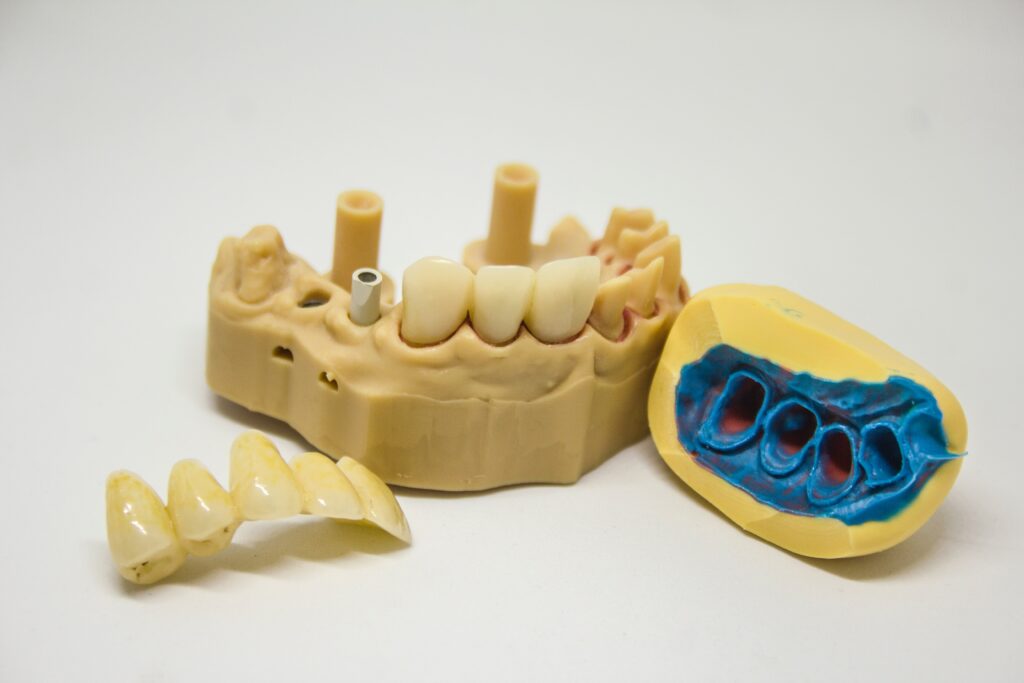
セラミックの値段は、セラミックの種類とセラミックを作成する際に行う処置の内容で決まります。
セラミックにはいくつかの種類があり、費用は基本的に自費診療ですが、ハイブリッドセラミックなら条件によっては保険適用になることがあります。
保険適用にならないセラミックの場合は、天然歯の再現性と強度、セラミック作成に関わる歯科スタッフの技術料や設備費、原材料費の変動、歯科医院の立地による地域差などで、歯科医院ごとに値段が変わります。
セラミックの種類と値段
セラミックの種類ごとの相場は以下の通りです。詰め物(インレー)なのか歯全体を覆う被せ物(クラウン)かによって、少しだけ費用は変わります。
| ハイブリッドセラミック | ・自費→約25,000〜70,000円 ・保険適用→約10,000円 |
| 長石系オールセラミック | 約40,000〜150,000円 |
| e-max | 約40,000〜10,000円 |
| メタルボンドクラウン | 約70,000〜120,000円 |
| ジルコニアセラミック | 約40,000〜100,000円 |
| ジルコニアボンド | 約100,000〜160,000円 |
| ジルコニアステイン | 約55,000〜10,000円 |
ハイブリッドセラミック
- インレー→約25,000〜35,000円
- クラウン(前歯)→約35,000〜70,000円
- クラウン(奥歯)→約50,000〜70,000円
- 保険適用のCADCAMを使用したハイブリッドセラミック→約10,000円
セラミックにプラスチックを混ぜた詰め物や被せ物です。
しかし、天然歯のような透明感があまりなく、色素や臭いを吸着しやすいというプラスチックの欠点もあわせ持つため、耐久性や寿命が短いです。
長石系オールセラミック(セレックなど)
- インレー→40,000〜85,000円
- クラウン(前歯)→70,000〜150,000円
- クラウン(奥歯)→60,000〜150,000円
透明度の高いセラミック(陶器)のみで作られた詰め物や被せ物です。天然歯に近い質感とバリエーション豊富な色調で、審美性が高いです。全て機械で作製するか手作業で作成するかによって価格が変わってきます。力がかかったときに欠けたり割れたりしやすいので、奥歯にはあまり使用しません。
オールセラミックという言い方は広い範囲で使えるため、医院によってはクラウンのベースをジルコニアで作成し、表面にセラミックを盛ったものをオールセラミックと呼んでいる事もあります。
e-max
- インレー→40,000〜60,000円
- クラウン(前歯・奥歯)→100,000円
二ケイ酸リチウムガラスでできた強度の高いオールセラミックで、次世代セラミックとも呼ばれます。
メタルボンドクラウン
- インレー→なし
- クラウン(前歯)→70,000〜120,000円
- クラウン(奥歯)→80,000〜120,000円
金属の被せ物の表面をオールセラミックでコーティングしたものです。インレーはありません。
内側に使用している金属の成分が口の中で溶け出して、金属アレルギーや歯茎の黒ずみを引き起こす可能性があります。
ジルコニアセラミック
- インレー→40,000〜60,000円
- クラウン(前歯)→50,000〜150,000円
- クラウン(奥歯)→50,000〜100,000円
人工ダイヤと同じ二酸化ジルコニウムでできた詰め物や被せ物です。アクセサリーやスペースシャトル、人工関節などにも使用される素材で、象が踏んでも壊れないくらいの強度があります。
奥歯やブリッジのような力がかかりやすい部位にも使用でき、金属をまったく使用しないので、セットしたあとに金属の色が歯茎に移って黒くなる、金属アレルギーになるなどの心配がありません。
しかし、透明度が低いため、色味や質感がオールセラミックよりも劣ることがあります。
ジルコニアボンド
- インレー→なし
- クラウン(前歯・奥歯)→100,000〜160,000円
ジルコニアの表面にセラミックを盛り付けて審美性をアップさせた被せ物です。
ジルコニアステインクラウン
- インレー→なし
- クラウン(前歯)→55,000〜150,000円
- クラウン(奥歯)→55,000〜100,000円
ジルコニアの表面に色をつけた被せ物です。色のグラデーションをつけることで、天然歯の質感を再現します。
セラミックを作成する際にかかる処置と値段
セラミックを歯に入れる前に以下のような処置を行うことがあり、医院によっては別途費用がかかります。
- 歯の神経治療→保険だと数千円、自費だと3万円〜15万円
- 土台(コア)→保険だと数千円、自費だと1.5万〜3万
- 仮歯作成費→1本2,500円〜5000円
- 技工士の立会い→医院によって様々
※それぞれの費用は歯科医院によって前後します。
※技工士が立ち会うことでより自然なセラミックの色味や形態などを相談できますが、技工士が在籍していない歯科医院では立ち会いができないこともあります。
セラミックの寿命
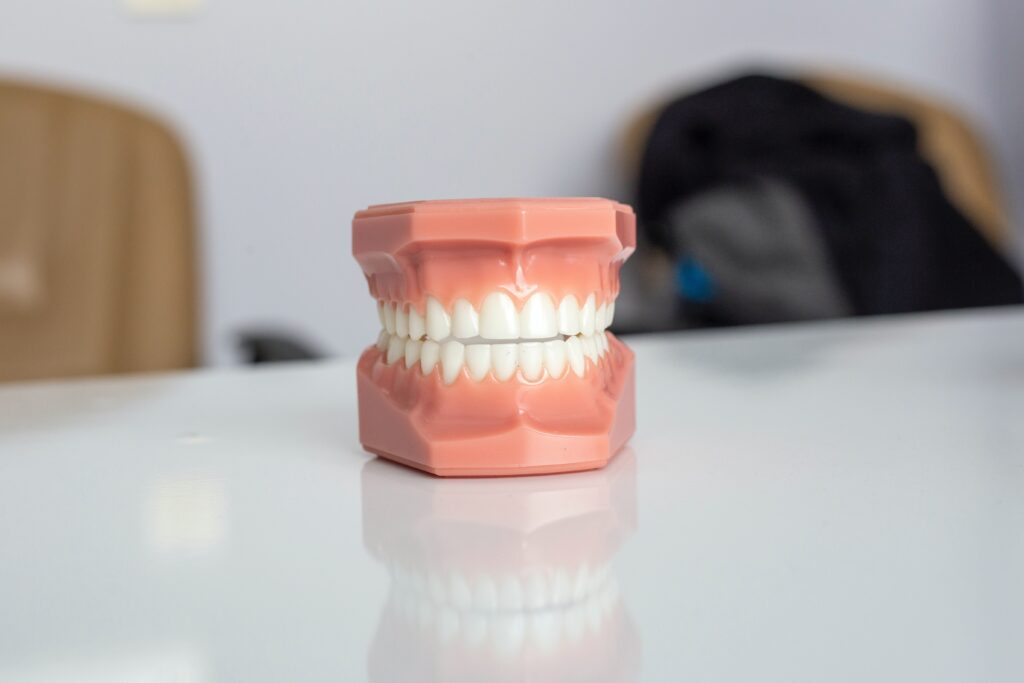
セラミックの寿命は以下の通りです。
| ハイブリッドセラミック | インレー | 約7〜8年 |
| クラウン | 約5年 | |
| オールセラミック | インレー | 約10〜15年 |
| クラウン | 約10〜15年 | |
| e-max | インレー | 約10〜15年 |
| クラウン | 約10〜15年 | |
| メタルボンドクラウン | インレー | なし |
| クラウン | 約8〜10年 | |
| ジルコニアセラミック | インレー | 約10年 |
| クラウン | 約15〜20年 | |
| ジルコニアボンド | インレー | なし |
| クラウン | 約10〜15年 | |
| ジルコニアステイン | インレー | なし |
| クラウン | 約15〜20年 |
手入れが良く何十年も長持ちすることもありますが、年数が経つと縁に着色してきてしまったりはあります。また、セラミックが壊れなくてもセメントの寿命によりインレーやクラウンが外れてしまうこともあります。
また、ジルコニアの表面にセラミックをかぶせたり着色を施してたりしている場合は、セラミックや色が剥がれて見た目の寿命が先にくる可能性もあります。
保険適用になるセラミック
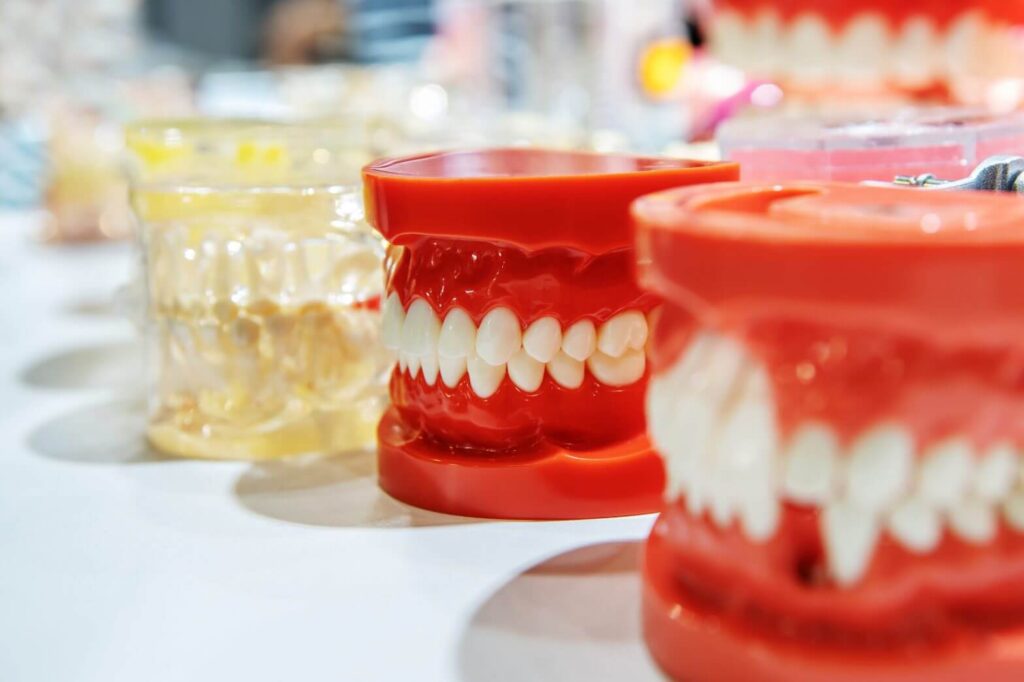
セラミックのインレーやクラウンは基本的には保険適用外ですが、金属アレルギーの問題からメタルフリーの被せ物の必要性が国に認められたため、条件が合えばCADCAMを使用したハイブリッドセラミックのクラウン(CADCAM冠)が保険で使用できます。
追記:(2022年4月よりCADCAMインレーも保険適用となりましたので下記項目内で追記しております!)
CADCAM冠は歯の模型を立体的にスキャンして、ハイブリッドセラミックの塊をコンピュター制御された機械で削り出して作ります。歯科技工士の手作りではなく機械で作るので、1日目に歯の形を整えて型取りをし、2日目にはセットして完了です。
CADCAM冠の保険適用条件
CADCAM冠を保険適用にするには、12歳臼歯(第二大臼歯、前から7番目の歯)が4本すべて生え揃っており、正常に噛み合っている必要があります。
CADCAM冠の強度は金属やジルコニアと比べると弱く、歯並びが悪くて噛み合わせが悪いケースや虫歯でなくなってしまった歯があるケースでは、噛んだときにCADCAM冠に負担がかかりすぎて壊れてしまうためです。CADCAM冠が噛んだときの力に耐えられるかどうかは、歯科医師の診察が必要です。
保険適用でCADCAM冠を作ると2年間は保険適用での作り直しができないため、壊れた場合は作り直しに保険は使えず、10割の費用がかかります。
CADCAM冠の保険適用部位
前歯から6歳臼歯(第一大臼歯、前から6番目の歯)まで適用可能です。また、金属アレルギーがある人は12歳臼歯(第二大臼歯、前から7番目の歯)まで保険適用となります。
2022年4月からCADCAMインレーの保険適用
保険診療報酬の改訂によって、CADCAMインレーが2022年4月から保険適用になりました。
材料はCADCAM冠と同じで、小臼歯、第一大臼歯に対応できます。(第一大臼歯の場合はは第二大臼歯が上下4本揃っている場合のみ保険適用)
保険適用ですが、メタルインレーやレジンインレーよりも技術料が高く設定されています。
小臼歯の銀歯は目立って気になるという方も多かったので、目立たないセラミックを保険適用で治療できるのは嬉しいという方は多いのではないでしょうか。
ただ、セラミックといってもハイブリッドセラミックで国が指定した材料(プラスチックを多く含むセラミック)の範囲となっておりますので、強度や審美性など自費治療より劣ります。
また、医師の技術にもよりますが、機械作業のため適合があまり良くなく、自費の物と比べると歯と詰め物の間に隙間が空きやすく着色や虫歯の原因になりやすいという声も良く聞きます。
セラミックは値段のほかに寿命・強度・審美性も考慮しよう
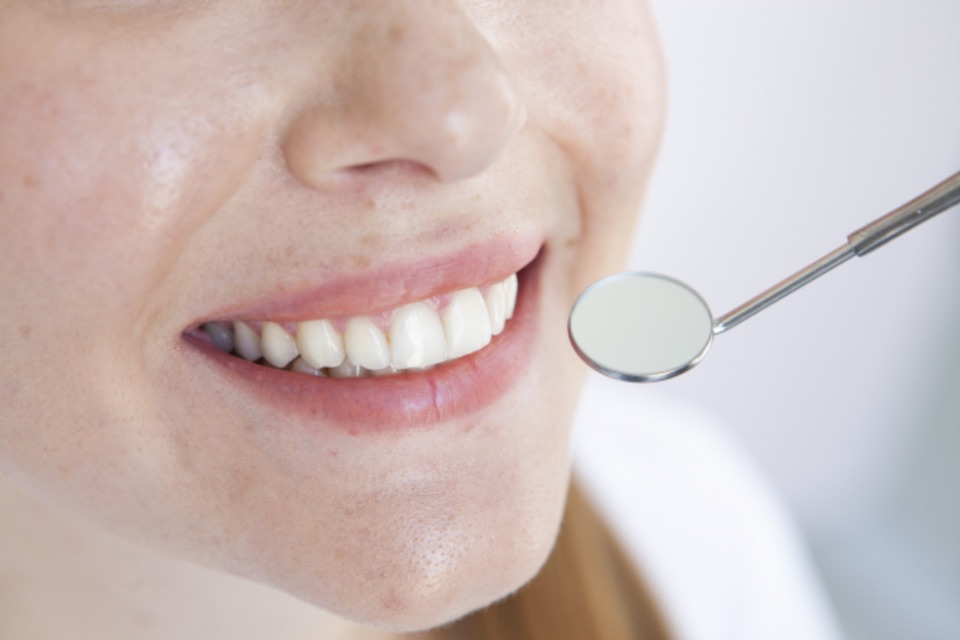
セラミックにはさまざまな種類があり、寿命や強度、審美性によって値段も変わります。CADCAM冠のような保険適用で安く入れられるものもありますが、実際は、長い目で見て壊れにくく、審美性と寿命が長持ちするものを選ぶのがおすすめです。
365dentistでは、歯を美しく健康に保つ秘訣を発信しています!興味のある方は、コラムや公式ライン、歯科医師運営のオープンチャットをぜひご活用ください。
公式ラインは矯正歯科をお探しの方向けの相談窓口、オープンチャットは矯正を中心に治療中の患者さん達の集いの場となっています?
関連記事:芸能人がしているセラミック矯正って?費用やメリット・デメリットについて
関連記事:インプラントとブリッジと入れ歯の違いって?【やさしく解説】
365dentist総監修 歯科医師/勝屋友紀子
長崎大学歯学部卒業、〜2018 九州医療センター、2018〜現在 都内歯科クリニック勤務
監修 歯科医師/Naomi
臨床研修終後、都内審美歯科勤務。現在は歯科医師/歯科ライター


